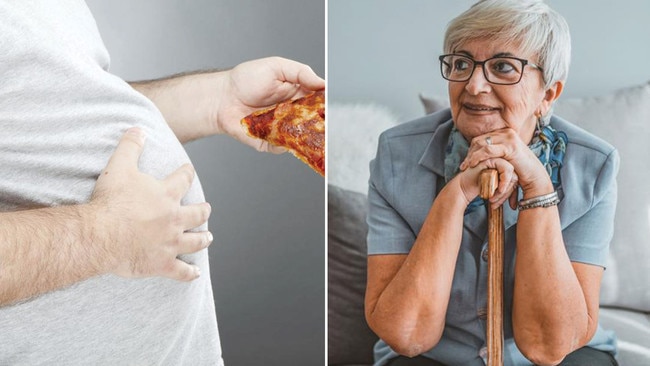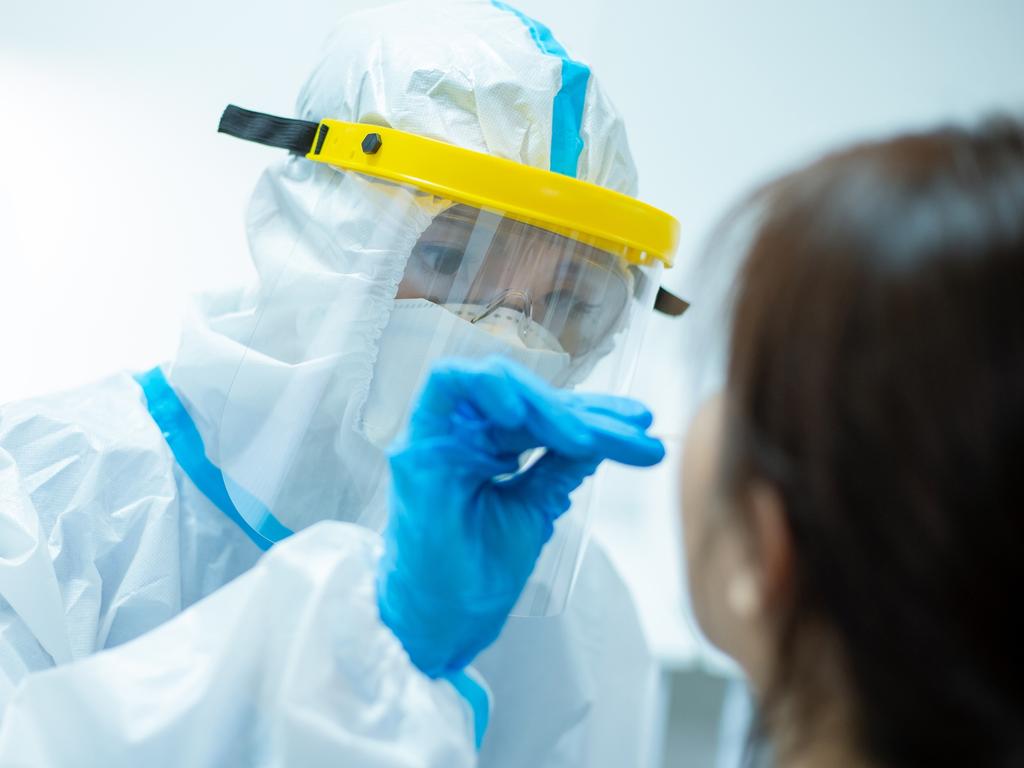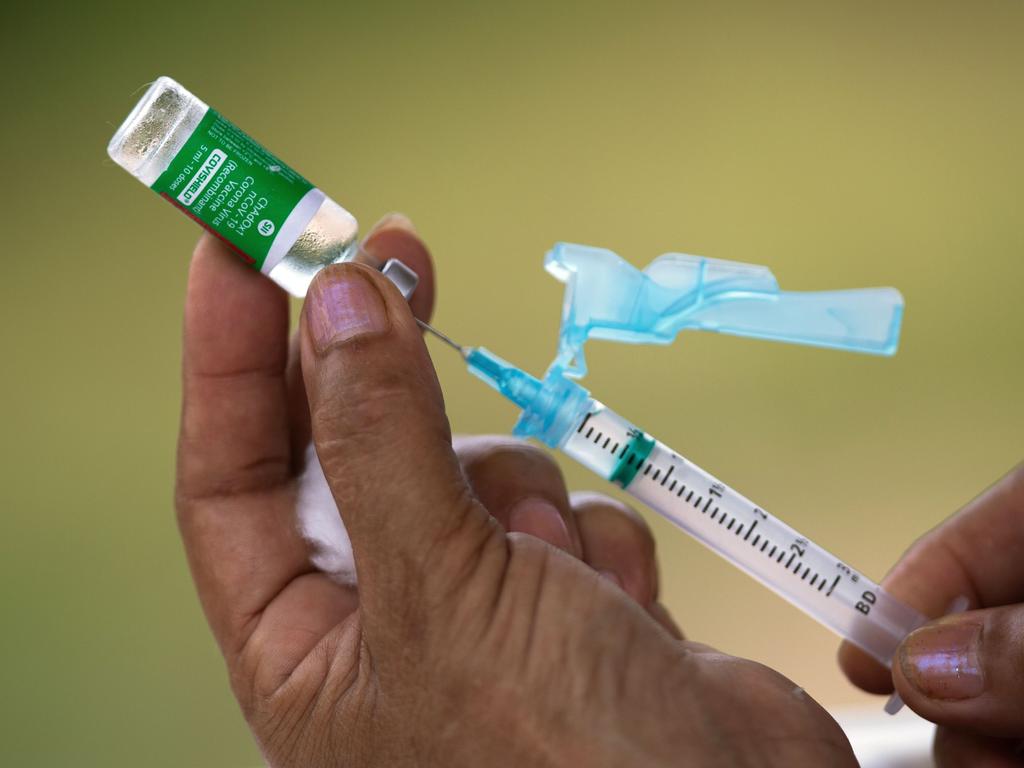Coronavirus: Elderly and overweight the real superspreaders of Covid
The older and more obese you are, the more aerosol droplets you exhale, scientists say.

Superspreaders really do exist. Scientists have found people who produce 1000 times as many aerosol particles as their peers when they breathe out, making them a far greater risk.
The older and more overweight people were, the more likely they were to be among the 20 per cent who exhaled 80 per cent of aerosol droplets, the study of almost 200 people showed.
The information could be key in understanding the dynamics of the pandemic, the researchers said. It is now well established that COVID-19 is driven by “super-spreading”.
Most people with the virus do not infect anyone else, but a small number of people infect many others.
Epidemiologists stress that this is not necessarily due to the person, but to the circumstances. For example, meat-packing plants, choir practices and churches have all hosted documented super-spreading events.
As our understanding of the virus has developed, scientists have concluded that it is transmitted through both droplets and aerosols suspended in the air. The new study, published in Proceedings of the National Academy of Sciences, has counted the aerosol particles in people’s breath and found that, as well as location, differences between people may indeed play a big role, with some naturally more prone to super-spreading.
Aerosols are made when exhaled air rushes over the mucus lining the airways. “The surface of the mucus can break up like the sea breaks up in a strong wind storm,” said David Edwards, from Harvard University. This, as with the sea, sends up spray, in this case a spray of potentially infectious mucus.
Crucially, Edwards thinks, this spray is dependent on the characteristics of the mucus, and more concentrated in some people, especially as they grow older and more overweight.
“The point which is commonly made is that super-spreading is an environmental phenomenon. And it clearly is that. But it is also clearly a biological one,” he said.
“We’ve found super-emitters who exhale 50,000 particles and kids who exhale two particles.”
The Times






